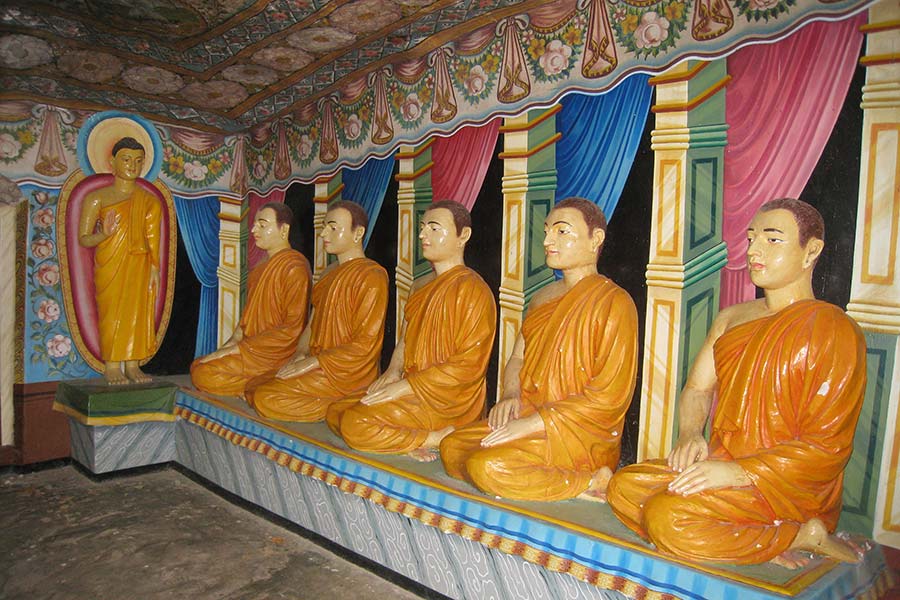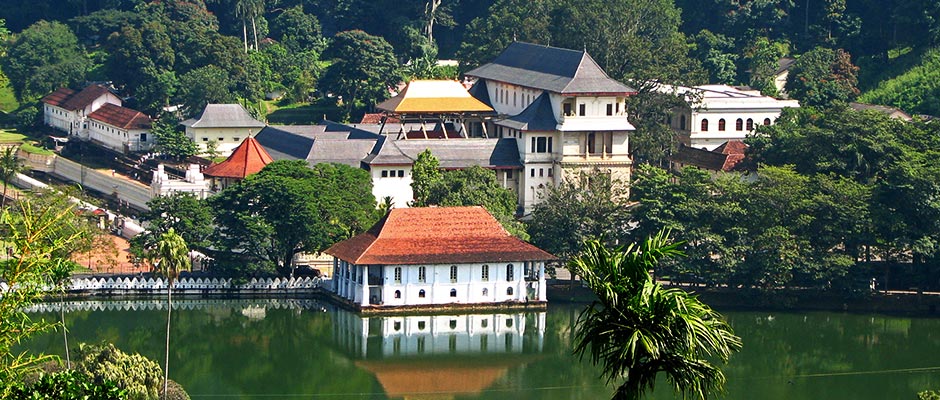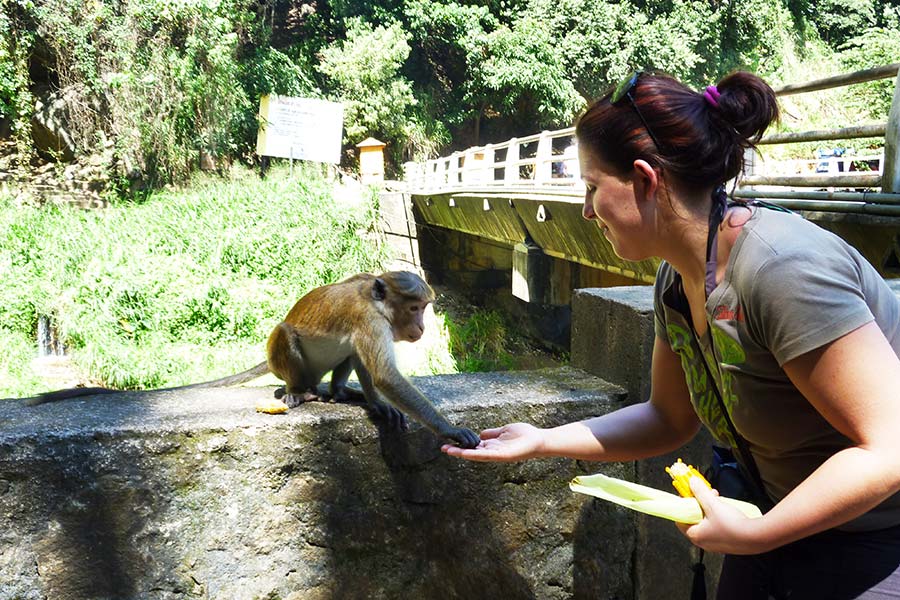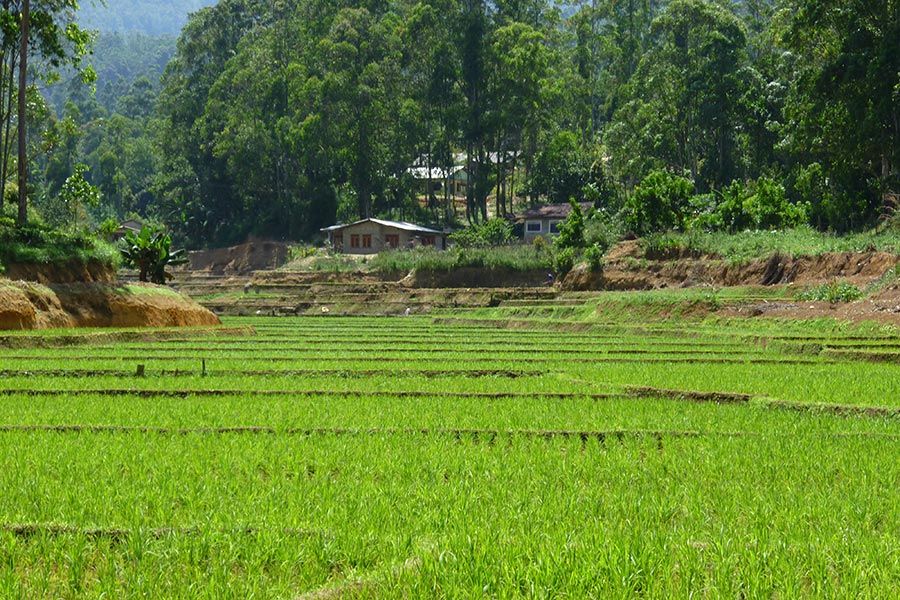Sri Lanka is rich in cultural and natural treasures. Five of the eight UNESCO World Cultural and Natural Heritage Sites are located in the so-called Cultural Triangle of Sri Lanka in the central highlands: the ancient ruined cities of Anuradhapura and Polonnaruwa, the palace of Sigiriya, the cave temples of Dambulla and the Holy City of Kandy.

The cities of Anuradhapura and Polonnaruwa, formerly domiciles of Singhalese king dynasties are well known for their many Dagobas, typical hemispherical temple of Sri Lanka. In addition to the old monastery sites, Bronze palaces and temples with numerous Buddha statues, many magnificent gardens, parks and palaces characterize the cityscapes. In Anuradhapura you will find the famous Bodhi tree, destination of many Buddhist pilgrims. It is assumed that the tree was grown from a branch of a tree, under which Buddha became enlightened.
The impressive palace of Sigiriya was built about 500 AC on a steeply sloping rock (“throat of the lion”) crossed by numerous caves. The hike is worthwhile, because halfway up there are the graceful colored frescoes of the famous “Cloud Girls”.
In the caves of Dambulla, you can admire beautiful paintings and statues of Buddha, which have developed over a period of 2,000 years.

The holy city of Kandy is Sri Lanka’s religious center. The last royal capital of the Singhalese is wonderful and beautifully situated amidst a wildly romantic mountain landscape and accommodates a variety of fascinating religious sites. The best tea of the world comes from Kandy region.
Every day hundreds of pilgrims climb Adam’s Peak, the most sacred mountain of Sri Lanka. On the summit, there is a depression in the rock similar to a footprint, which is differently interpreted by the followers of several religions. For Christians and Muslims it is the footprint of Adam, for the Buddhists of Buddha, for the Hindus a sign of Shiva.

Nature – and environmental protection is a top priority in Sri Lanka. Thus, the country offers 15 national parks in total. One of the largest and most impressive is the Yala National Park in the south of the country. In organized safaris, you can discover the amazing wildlife of Sri Lanka here: crocodiles, monitor lizards, leopards, a fascinating bird life with peacocks, pelicans and storks and of course, elephants cross the way.
In addition, the capital of Colombo, entrance and exit of all visitors of Sri Lanka, is worth a stay. Extensive parks and wide streets lined with colonial magnificent buildings dominate the skyline of this lively metropolis.
The port of Galle in the southwest of the island belongs with its fort, which dates back to the Dutch colonial period in the 17th century, to the UNESCO World Heritage Site, as well.

However, the island has much more to offer. Although Sri Lanka is very tiny compared to its neighbor India, you will find incomparably much variety. In addition to 1330 km of beautiful coastline you will await mountains lined with tea plantations, a lush, flowering vegetation, ancient cities, a rich, 2,000-year-old heritage with ruined cities and magnificent temples, the millennia-old tradition of Ayurveda and, not least, incredibly warm people.









